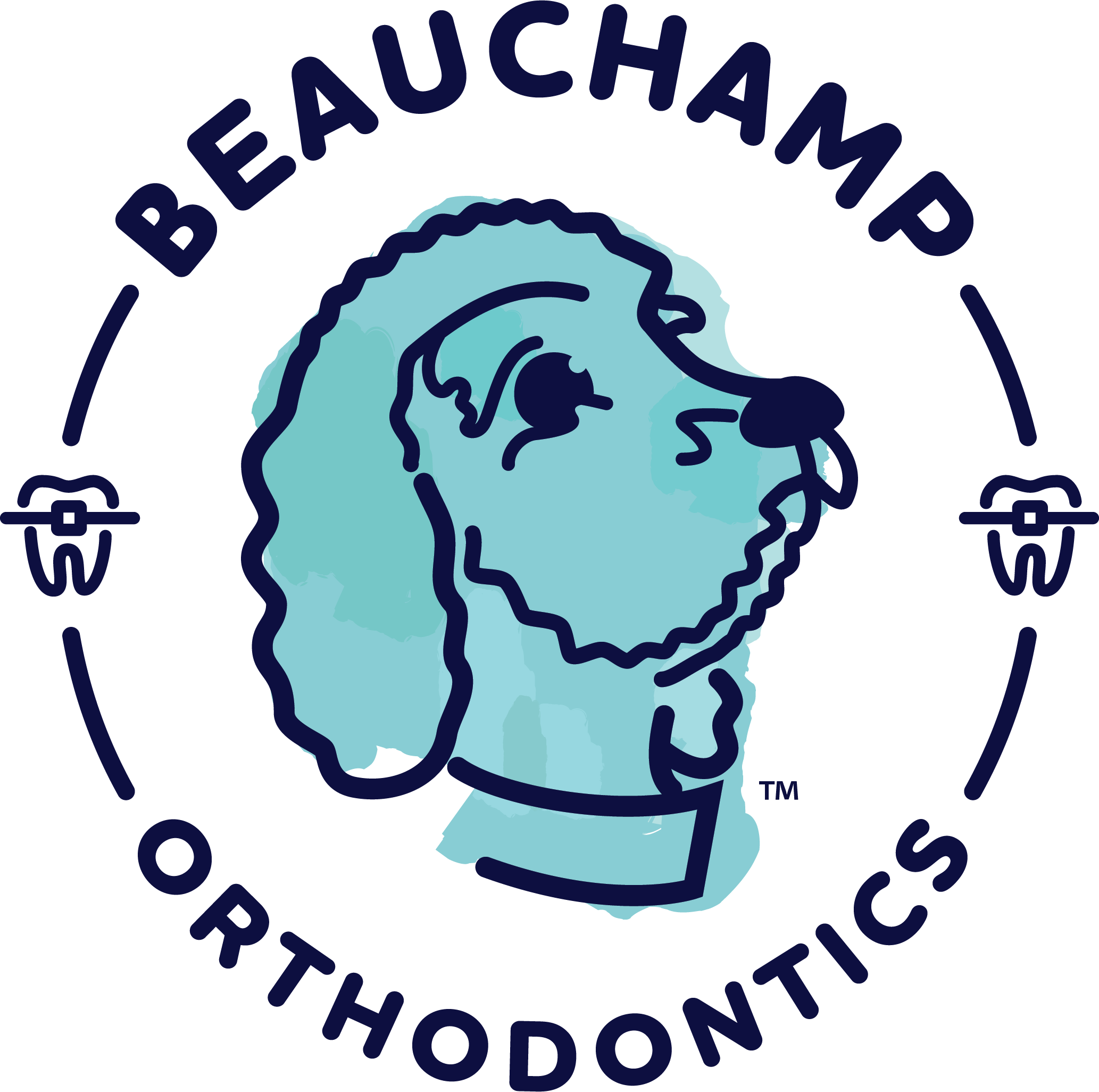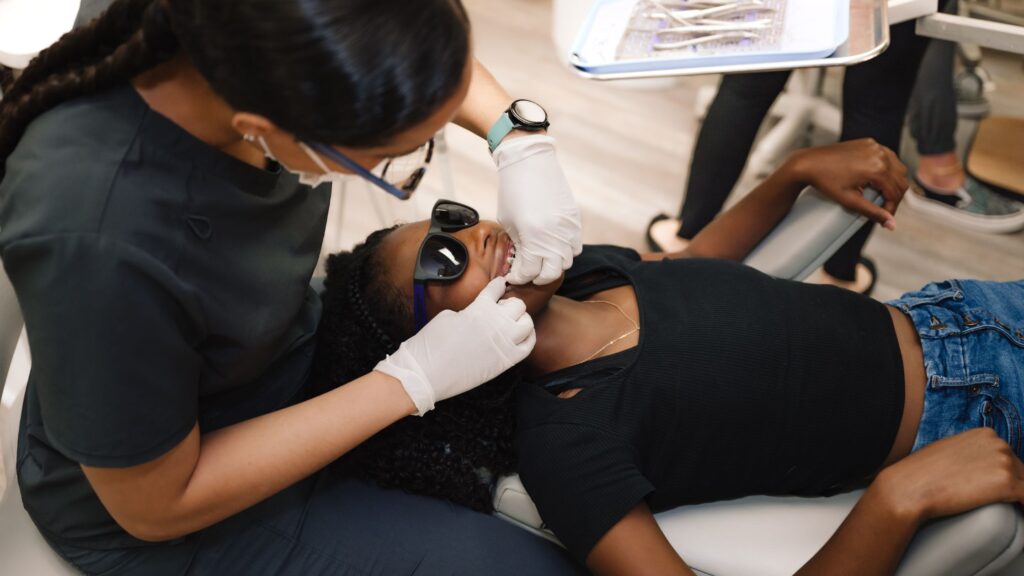Today, there are numerous effective options for correcting tooth misalignment, including metal braces, clear braces, Invisalign®, and more. But did you know that certain types of misalignment problems are often served best by a particular realignment method?
Traditional metal braces are often the most effective option when it comes to correcting extreme tooth overcrowding. (Of course, each case is different and you will need to consult with a professional orthodontist.)
Here are the basics about overcrowded teeth and how metal braces can work to fix the problem.
What Is Overcrowding And What Are Its Risks?
Crowded, or overcrowded, teeth are simply teeth that do not have enough space between them so that they can come in and develop properly in your mouth. Dental overcrowding is a common problem in the US and in Florida, and it should be taken seriously.
Teeth that are too pressed for space may become crooked or start to overlap with neighboring teeth. This obviously affects your smile, causes discomfort in your mouth, and may affect how you chew food and/or pronounce words.
Also, it is more difficult to floss between teeth that are overcrowded, and this can lead to cavities or gum disease if the problem persists untreated for months or years.
Overcrowding is generally classified into mild, moderate, and severe categories. A single tooth twisting out of position due to crowding is considered “mild” overcrowding. When 2 or 3 teeth overlap or are otherwise affected, it is a “moderate” case. Severe overcrowding involves all or most of the teeth in your mouth. (In severe cases, metal braces are often the best treatment option.)
What Causes Teeth To Overcrowd?
There is not a single cause of all dental overcrowding cases, but they stem from a great variety of sources.
One cause is when your teeth, for genetic reasons, tend to be too big for your jawbone. This makes it difficult for them to fit properly, and so they start twisting, rotating, or overlapping to compensate for the lack of space. On the other hand, it may be that your upper and/or lower jaw is too small for your permanent teeth rather than the other way around.
One common problem occurs when a “baby tooth” is lost prematurely. Neighboring teeth start to drift into its space, which then makes for localized overcrowding once the permanent tooth tries to come in.
Sometimes, baby (primary) teeth don’t come out on time or as easily as they should. These teeth are called “over-retained” and may get “stuck” in your gums instead of falling out on time. Your orthodontist may need to extract the old teeth to make room for the new. In the meantime, a degree of overcrowding may occur.
It is sometimes thought that impacted teeth, especially impacted wisdom teeth, cause overcrowding. This has not been demonstrated to be true, however. While impacted teeth can be painful and require an extraction, they do not typically cause overcrowding.
How Can Metal Braces Fix Dental Overcrowding?
So now that we better understand what dental overcrowding is and what can cause it, what can be done about it? Wearing metal braces is one of the most effective and time-honored methods of reversing overcrowding. (Braces are also the most popular tooth realignment method.)
Over time, metal braces exert a firm but gentle pressure on your misaligned teeth that gradually nudges them into proper position. Metal brackets are attached to each tooth, and a clip connects a wire to the bracket. The wire is lodged at an anchorage point somewhere in the back of the mouth, and it must be tightened every so often to keep the realignment process going.
Normally, you need to see your orthodontist every 2 or 3 months while wearing metal braces, and you may wear them anywhere from 1 to 3 years to complete the process. Your orthodontist will clean your teeth during each dental visit and will examine your braces and teeth. During some but not all of such visits, the braces will need to be adjusted – typically by tightening the wire.
After you take off your braces, you will need to wear a retainer to ensure the results of the treatment are retained. This is true regardless of which tooth realignment method you choose.
Are There Other Options For Overcrowded Teeth?
It is possible that you can use an alternative treatment method to treat dental overcrowding. It depends on how severe the problem is.
In mild to moderate cases of overcrowding, Invisalign® aligner trays could be used to correct the problem. With Invisalign®, you wear a series of acrylic aligner trays until your teeth are nudged into position – usually, it’s about two weeks per tray before moving on to the next tray. You can remove the trays to eat but must wear them at least 22 hours a day.
In milder cases of overcrowding in adults, you might opt to simply wear a dental veneer. This is purely an aesthetic fix, but it may be all that is necessary in certain instances. You may choose to wear a veneer following realignment too in severe cases where aesthetic problems remain even after successful treatment.
Finally, it may be necessary to guide the growth of the jawbone through “dento-facial orthopedic appliances.” This would be either “headgear,” worn with braces, or expanders, sometimes worn instead of braces. These measures are taken with more extreme dental overcrowding.
To learn more about tooth overcrowding and how to correct it through traditional braces or other treatment options, contact Beauchamp Orthodontics in Central Florida today!



